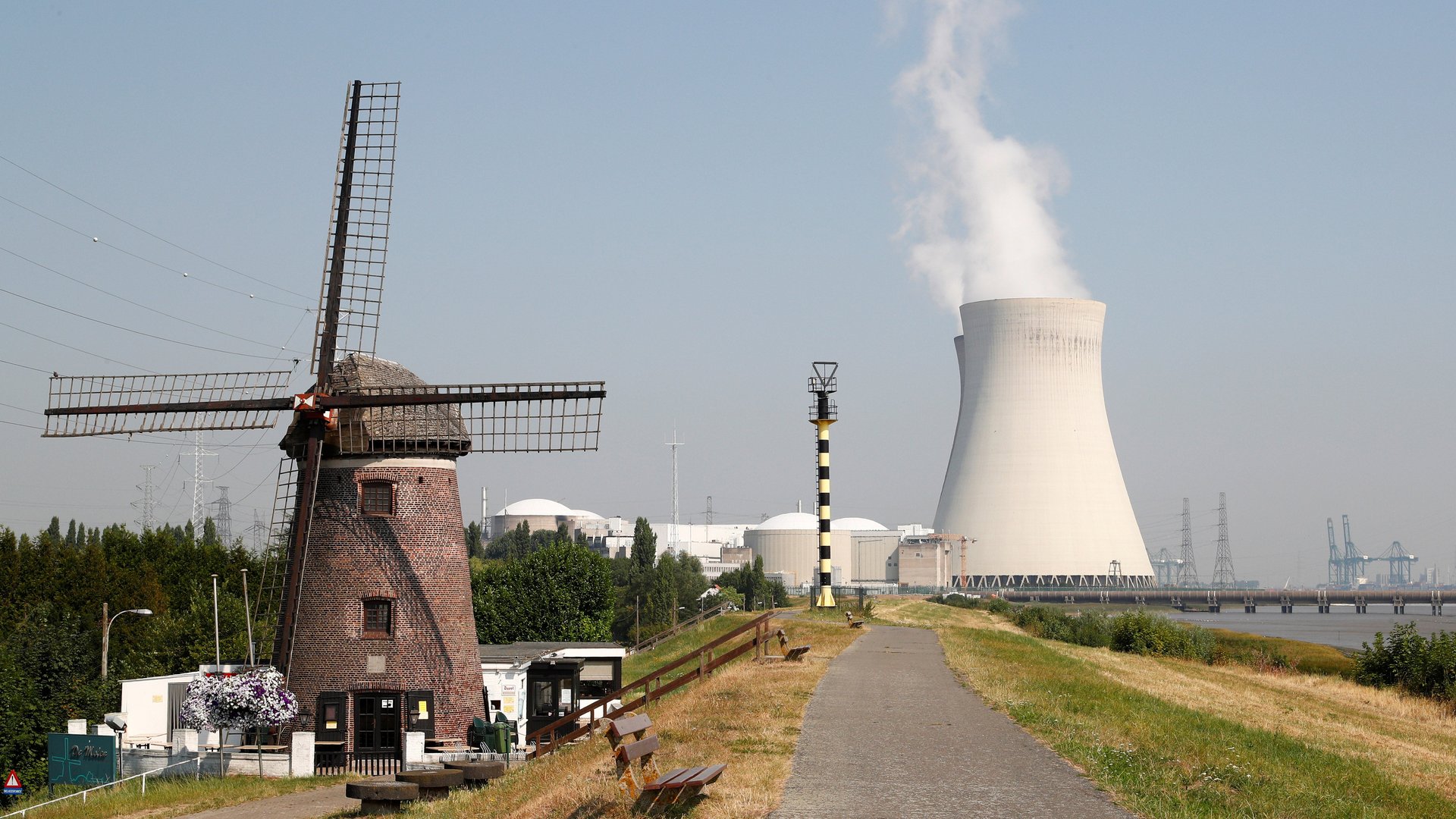Europe’s heatwave is forcing nuclear power plants to shut down
Nuclear power is one of the world’s biggest sources of carbon-free electricity. But it has an Achilles’ heel: it needs lots of water to operate.


Nuclear power is one of the world’s biggest sources of carbon-free electricity. But it has an Achilles’ heel: it needs lots of water to operate.
That’s bad news right now. Europe’s heatwave—which led to wildfires in Greece and Sweden, droughts in central and northern parts, and made the normally green UK look brown from space—is forcing nuclear plants to shut down or curtail the amount of power they produce. French utility EDF shut four reactors at three power plants on Saturday, Swedish utility Vattenfall shut one of two reactors at a power plant earlier last week, and nuclear plants in Finland, Germany, and Switzerland have cut back the amount of power they produce.
Thermal power plants, such as nuclear or coal, use high-temperature steam to turn turbines, which convert heat energy into electricity. In the process, the steam’s temperature falls, so it can no longer be used efficiently to move the turbine again. To raise its temperature back up, the steam first needs to be condensed into water, because liquids absorb heat better than gases. The condensation is achieved by using cooling water drawn from rivers, lakes, or seas, which is then dumped back at a temperature that is safe for wildlife in those waters. (Gas power plants also use cooling water, but they need less of it than coal or nuclear installations.)
Europe’s heatwave, however, hasn’t just increased air temperatures but also water temperatures. Regulations protecting wildlife mean that the usual water sources drawn on by nuclear plants cannot always be used for cooling, leading to shutdowns. It’s not the first time this has happened: Heatwaves forced nuclear shutdowns or curtailments across Europe in 2003, 2006, and 2015.
Worse still, scientists warn that thermal power interruptions will worsen because of climate change—not just because of heatwaves but also droughts. It’s ironic that human-induced climate change is threatening a climate-friendly source of electricity.